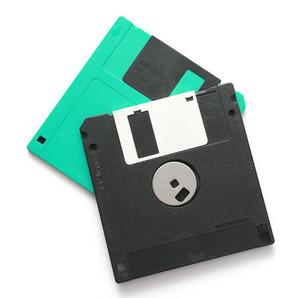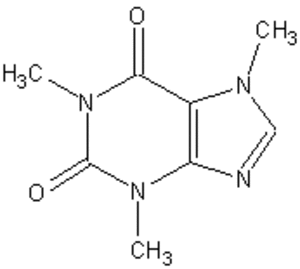Almost since the beginning of computers, there have been viruses. The very first viruses weren’t even connected or related to the Internet. First run on single computers, then transferred via floppy disks, then let loose on the World Wide Web, they have caused a range of effects, from amusement to mild annoyance to near catastrophe. Below is a trip down memory lane to look at what just might be the top ten worst computer viruses to date.
Melissa
Melissa was created over 10 years ago to infect computers and transfer through Microsoft Outlook emails. Once your computer got it, Melissa sent itself to up to 50 people in your address book. The virus spread quickly, even taking down government computer systems. The estimated damage from this virus was $1 billion. Eventually, the virus was contained and the virus writer was found and arrested. David L. Smith received a 20-month jail sentence and a $5,000 fine.
Code Red
Code Red I and II caused massive damages, close to $200 million per day of operation. This virus exploited Windows software in what’s known as a buffer overflow, sending so much information to the computer that it spills over, overwriting other memory of the computer and can shut the computer down. It even created backdoors in the program, allowing hackers remote access. White House computers were among those damaged.
SQL Slammer
Also known as Sapphire, this virus hit in 2003, sending itself to randomly generated IP addresses. In the first 10 minutes, it had hit 75,000 computers. Bank of America’s ATMs, Seattle’s 911 system and Continental Airlines were among those infected and severely damaged. It even shut down South Korea’s online capacity for 12 hours. In total, this virus caused over $1 billion in damage.
MyDoom
MyDoom, an aptly named virus, hit in 2004 and slowed global Internet performance by an average of 10%. Spread through email like many other viruses, it appeared as an Internet Error email, and when opened, infected the computer. This virus had several versions and at least 2 major outbreaks. The first started and stopped automatically, while the second created zombie computers that requested frequent searches on search engines. Search Engines like Google were getting massive requests from infected computers and slowed it significantly, crashing others.
Nimda
Nimda, or Admin spelled backwards, hit the same year as Code Red and Klez. Beating out it’s two competitors, it became the fastest propagating program anyone had ever witnessed. Nimda was a worm, and instead of targeting home computers, it hit Internet servers, slowing traffic to a crawl. Like Code Red, if it infected a computer, it could allow remote access to a hacker. Spread through HTML documents it hit tens of thousands of servers and hundreds of thousands of computers.
Sasser
Where SQL Slammer hit Continental Airlines, Sasser hit Delta in 2004, along with satellite communications of several French news agencies and many company systems. This virus was uncommon in that it did not propagate through emails, but rather scanned computers for vulnerabilities. Using what it learned, it would instruct programs to download it’s program. Then, it would scan random IP addresses and send itself to the next victim.
Oompa-A
Oompa-A, or if you want the more boring alter-ego, Leap-A, was one of the most prominent viruses ever. Not every virus hits PCs, and Oompa-A proved the point by targeting Macs exclusively. In 2006, it started spreading through iChat instant messenger. Much like Melissa and others, it scanned the victim’s address book and sent itself out to them as well. Although it didn’t damage on a colossal scale, it was a wake-up call to many Mac users that viruses can hit them too.
Storm Worm
Storm Worm hit 2006 too, and is one of the latest major viruses to be released. Spread by email, most email title’s would mention a recent natural disaster or severe storm, hence the virus’ name. Storm Worm was actually a host program that carried one and many different programs inside. This lead to many different effects on the victim’s computer. The most common program created a system where computers were remote accessed by hackers. It’s one of the most difficult programs for anti-virus programs to find, and therefore could still be very widespread.
Klez
Klez was first discovered in 2001, and had a blend of traits from several viruses. Sometimes it acted like a virus, sometimes like a worm, and sometimes like a Trojan Horse. It could even disable anti-virus programs under certain conditions. However, the worst was yet to come, as after its release, it was found, decoded and modified by black hat hackers. It gained the ability to “spoof”, or copy someone from the user’s address book and make it appear that an email came from them, increasing the odds of the recipient opening the email and becoming the next victim.
ILOVEYOU
This virus hit only one year after Melissa, originating from the Philippines. This virus could make several copies of itself inside a single computer, something Melissa couldn’t. Another skill was that it could transfer via IRC chat, as well as email. It infected thousands of computers and is quite possible the most damaging computer virus to date, with as many as 10% of the computers connected to the Internet infected. Total damage was approximately $5.5 to $8.7 billion. Worst of all, no one really knows who wrote this virus.
Sources:
PC World
Catalogs.com
How Stuff Works
Symantec Security Response




